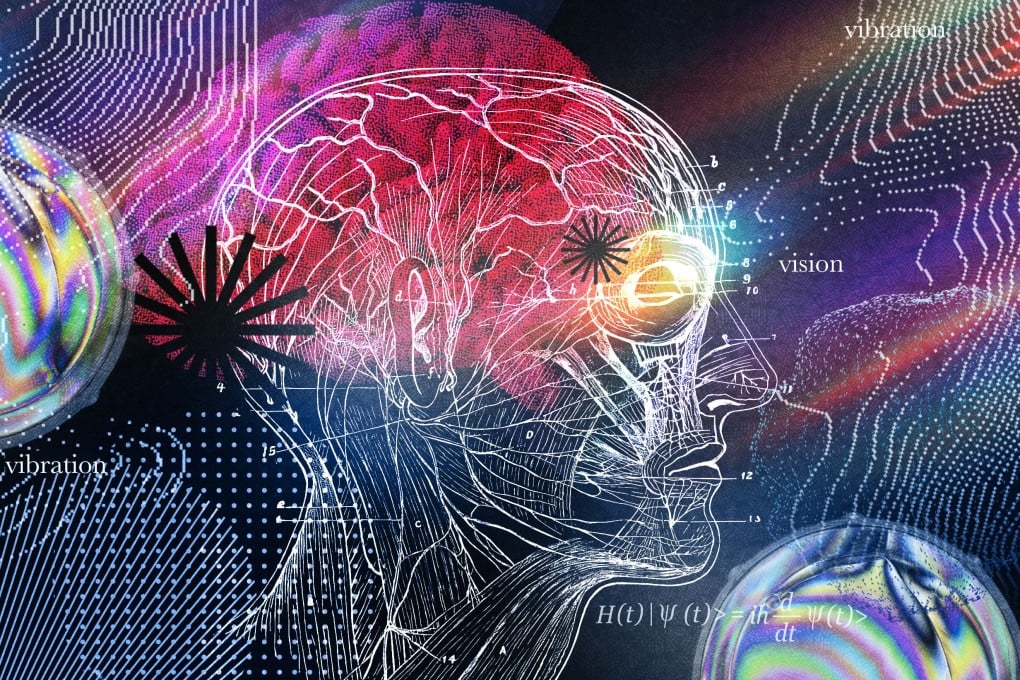Wilczek’s Multiverse | Opsin your eyes! Quantum sensors are the colour vision magicians inside our heads
The science behind the colours of a rainbow is a reminder of the wonders of the original quantum designer

The design of sensors that exploit the strange features of quantum mechanics is a vibrant frontier of modern physics. But nature got there first.
Some of the most impressive quantum sensors on Earth have been common for millions of years. They help us to identify objects at great distances; they warn us about unripe food, poisons and predators; they empower us to enjoy the shimmer of jewels and rainbows, or to discern small glittering gold nuggets hidden among common stones. They are the marvellous molecules at the back of our eyeballs, whose response to incoming photons gives us our colour vision.
These two kinds of vibrations occur at vastly different rates. Sounds perceptible to humans are in the range of 20 to 20,000 hertz; that is, the vibrations occur 20 to 20,000 times per second. For reference, dogs hear higher frequencies too, up to 45,000Hz or so; hence the possibility of dog whistles. The electromagnetic vibrations in visible light occur roughly a trillion times faster.
